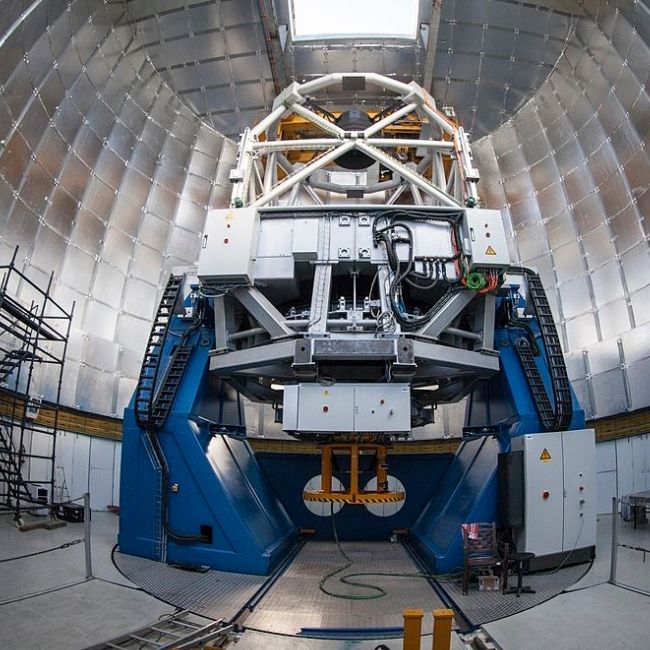
Devasthal telescope uncovers Pluto!
Recommended for Middle Grades
There are some important new findings from a group of Indian and international scientists about Pluto. Pluto was taken down from the list of planets 16 years ago, because it was too small. However, the Devasthal telescope uncovers Pluto, and we are super excited to share this story with our little readers.
Devasthal Research Facility
Devasthal is a research facility in the Indian state of Uttarakhand. It is in the district of Nainital. People who live there say it’s the “place where God lives.” The observatory is in the Kumaon Himalayan region, at an altitude of 2450 metres, and it looks at the sky.
Devasthal Optical Telescope
One of the telescopes at the Devasthal Observatory near Nainital, Uttarakhand, India, is called the 3.6m Devasthal Optical Telescope. It was built by the Aryabhatta Research Institute of Observational Sciences and is made of clear glass.
Pluto unveiled
A worldwide team of astronomers, including Indians, has now calculated Pluto’s surface air pressure.
The air pressure on Pluto is 80,000 times lower than on Earth. Using the 3.6-m Devasthal optical telescope, and the 1.3-m Devasthal Fast Optical Telescope in Devasthal, Nainital, the pressure was calculated.
The team includes Aryabhatta Research Institute of Observational Sciences scientists, who employed smart equipment to generate transmission ratio light curves to calculate Pluto’s surface air pressure.
Planetary Alignments
Astronomers looked at 12 planetary alignments, which happen when two planets’ orbits pass in front of each other. There were 11 events that happened from 1988 to 2016. They all showed a three-fold rise in pressure over that time.
As of mid-2015, Pluto has been in a resting state of its atmosphere that is near to a high point. The team said that these planetary alignments were very important because they can demonstrate whether the existing models of Pluto’s atmosphere development are correct.
Sputnik Planitia
Sputnik Planitia, a huge valley on Pluto, causes severe seasonal cycles. During its 248-year orbit, its sides remain permanently bright or dark for decades. So, its Nitrogen atmosphere is heavily influenced by the surface Nitrogen gas ice’s moisture balance.
Sputnik Planitia, loaded with Nitrogen ice, appears to be the major engine that governs seasonal change of air pressure during one seasonal cycle.
Pluto is presently moving away from the Orbital centre as seen from Earth, making this planetary alignment a significant one.
This concludes our story on the interesting discoveries made by researchers on Pluto. We hope you liked the story and found the narrative simple, and easy to understand. Write to us in the comments section below!”
Don’t forget to check out this fascinating video on the planet “Pluto” shared by “National Geographic”.
At Curious Times, we absolutely love what we do. So, we strive each day to provide our little readers with the best experience and news. In addition, Curious Times Weekly, The Curious Magazine, and My Expressions are just a few ways for us to reach out to our readers. Thus, we present our readers with exciting and interesting content.
All over the world, school children find value and love our content! So, we want to be better each day, and continue to seek your valuable feedback. Above all, that helps us to serve you better. Thus, what kind of news topics interest you? Write to us in the comments section below. Because we love to hear from our little readers. You could also connect with us via WhatsApp, Instagram, Facebook, Youtube, Twitter, LinkedIn.
0 (Please login to give a Curious Clap to your friend.)

